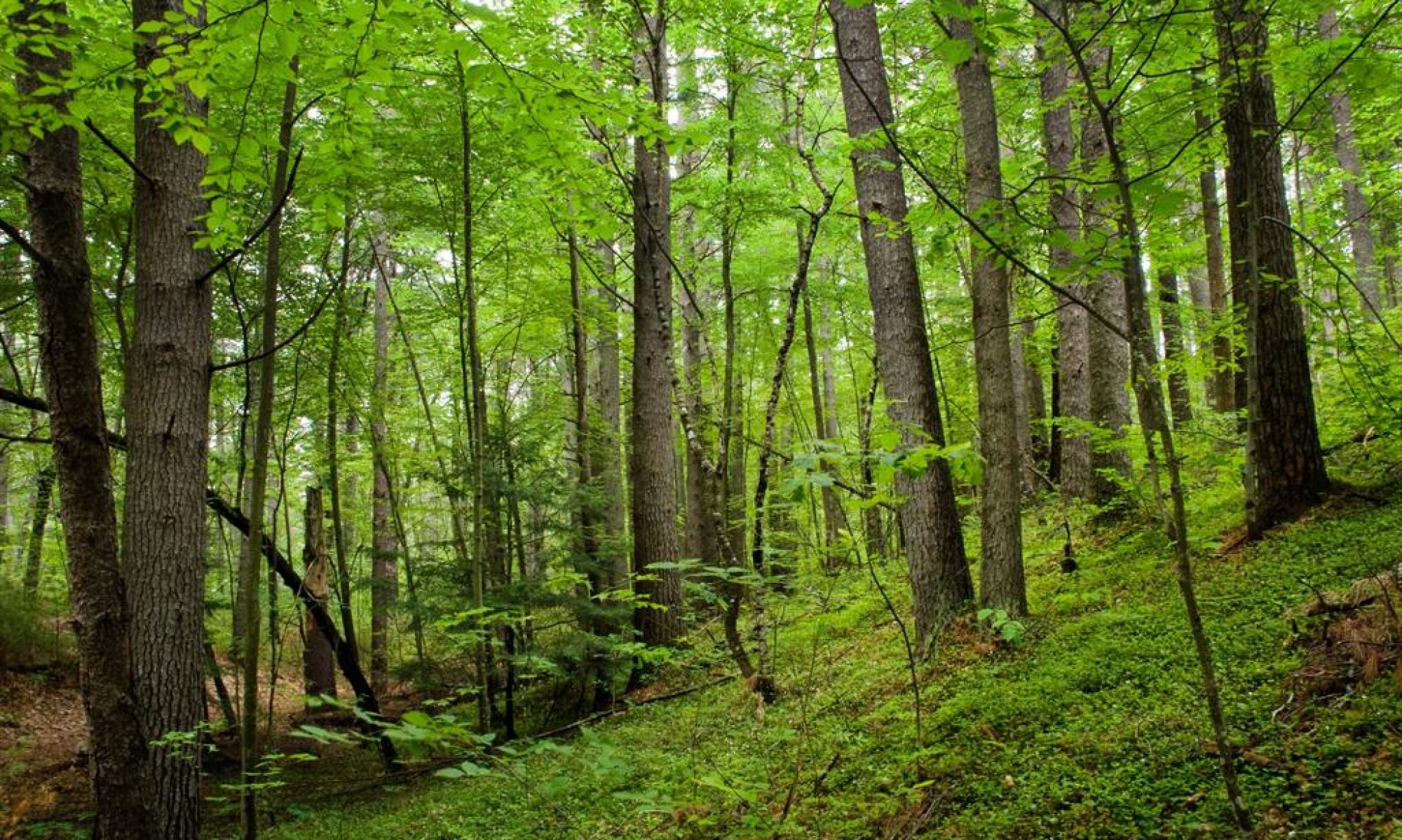When it comes to thinning or select harvesting an existing stand, the selection of which trees to keep and which to cut is often the most decisive factor in the future value of a stand. Thinning a timber crop is like managing an investment portfolio. You want to keep the best performers and get rid of the worst. Selection of which trees are the best and worst is in most cases is straight forward. Defects such as crook, forks, and rust cankers are readily visible and along with the smallest sized trees are selected and removed by the logger in what is termed an operator select harvest. The number of trees to be left in the stand and their general arrangement is dictated by a prescription set forth by your H&H forester.
Selection of which trees are the best and worst is in most cases is straight forward. Defects such as crook, forks, and rust cankers are readily visible and along with the smallest sized trees are selected and removed by the logger in what is termed an operator select harvest. The number of trees to be left in the stand and their general arrangement is dictated by a prescription set forth by your H&H forester.
However, in certain stands where the defects are located high in the tree (i.e. 16 + ft above the ground) or where the percentage of defect is greater than 30-40% of the stand, it is often critical that the trees to be retained and harvested are individually marked with paint.  A forester on the ground has a much better vantage point to judge each tree’s quality than does an operator behind a dirty, scratched piece of Plexiglas. In these cases, and in cases of complex landscape design such as in wildlife management harvests, the timber marking services provided by H&H can dramatically improve the long-term potential of the stand.
A forester on the ground has a much better vantage point to judge each tree’s quality than does an operator behind a dirty, scratched piece of Plexiglas. In these cases, and in cases of complex landscape design such as in wildlife management harvests, the timber marking services provided by H&H can dramatically improve the long-term potential of the stand.
Timber marking fees are structured in a variety of ways depending on the project and client preference. Fees may be billed per acre, per hour or be included in as part of sale administration.
